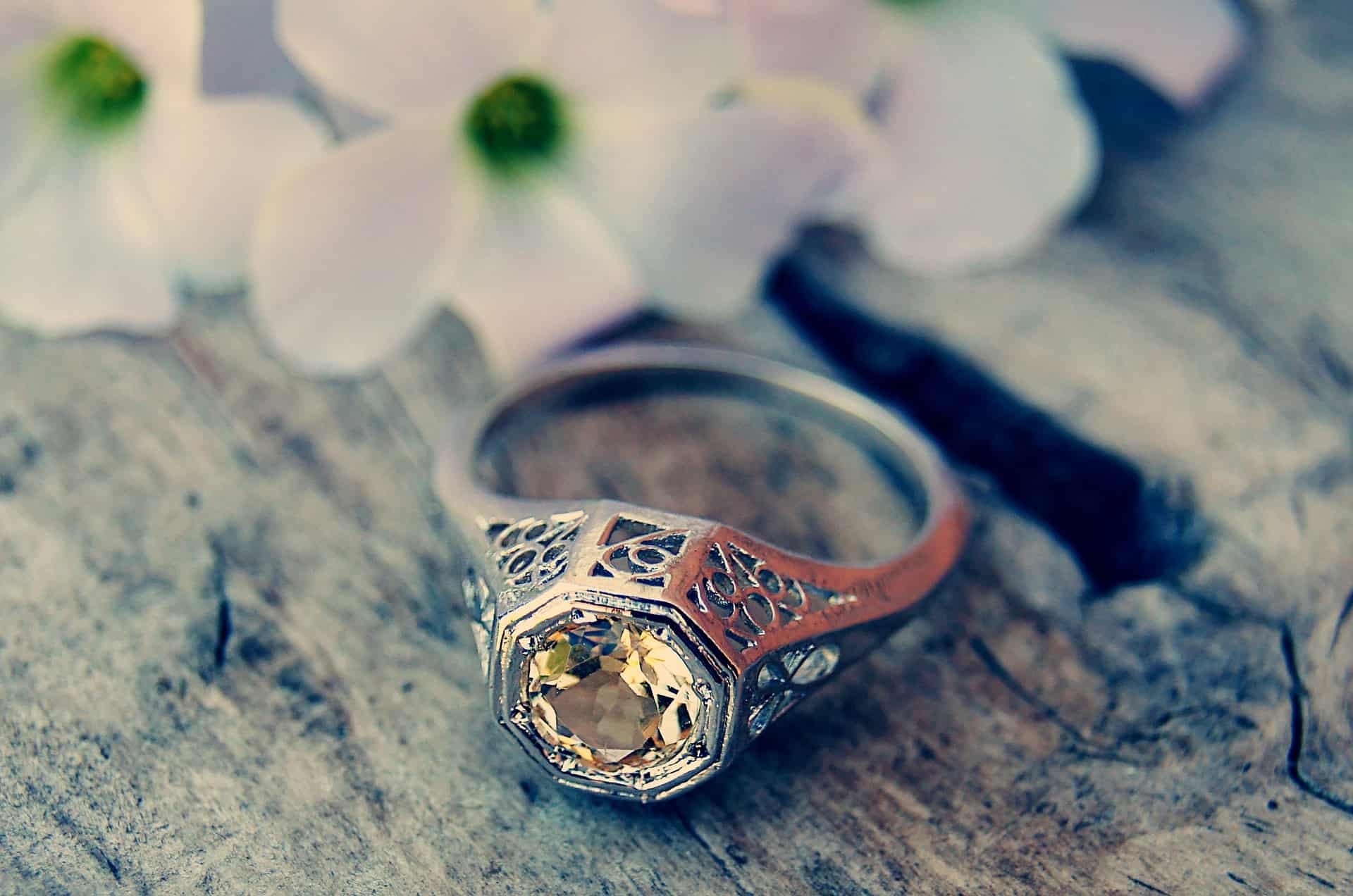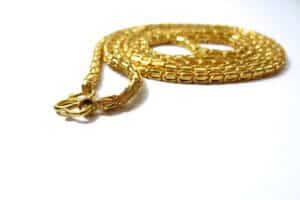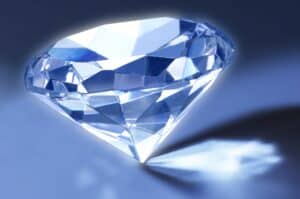Sometimes jewelry, especially precious jewelry is handed down from one generation to the next. Some of these pieces can be really old. If you also own a piece which you feel is old and can be antique, and want to know if it actually is, then read on!
Let us start with the basics, knowing what antique jewelry is.
What Is Antique Jewelry?
A piece of jewelry that is more than 100 years old is known as antique. Antique jewelry is said to have witnessed human history, world history and political influences over time which is why it is deemed valuable. A piece of antique jewelry may or may not be previously owned.
Also, as time passes, the eras keep on getting older. A piece of jewelry belonging to retro era may not be considered antique right now. However, in a couple of years, jewelry from retro period will be more than 100 years old, and will be considered antique.
This implies, the eras alone do not determine if a piece is antique. It is the dating based on the current time that determines if a piece is antique or vintage.
My sister recently got a vintage necklace from her mother in law which has been passed down in the family over generations. To set it apart from other jewelry pieces she owns, she got this box from amazon. You can check it out if you also like keeping your precious pieces stored separately.
Now that we have used the word “Vintage”, let us also understand what it means and how is it different from antique jewelry.
What Is The Difference Between Antique And Vintage?
Vintage jewelry is older than 40 years determined based on the time it is being referenced from. Starting the current year, any piece older than 40 years will be considered vintage. While as we discussed in the above section, antique jewelry is older than 100 years. A vintage piece may belong to any era or have any design, the year it was manufactured in will determine if it is vintage or not.
Design of a piece alone will not be able to determine if it antique or vintage. This is because there may be a certain overlap in certain eras and designs, but any piece that is older than 40 years is considered “Vintage”.
e.g. if we take 2020 as our reference point, any piece manufactured earlier than 1980’s will be considered vintage and a piece produced before 1920 will be considered antique.
What Does Estate Jewelry Mean?
Estate jewelry is a piece of jewelry, or a similar valuable item that has been owned by an estate. An estate jewelry is always pre-owned. It may belong to any time period and may be antique, vintage, retro or even contemporary. It is generally of significant importance. It could only be a couple of years old, and still be categorized as estate jewelry based on previous ownership.
e.g. if you sell your pre-owned necklace or ring to a jeweler, an experienced jeweler will categorize it under estate jewelry for resale.
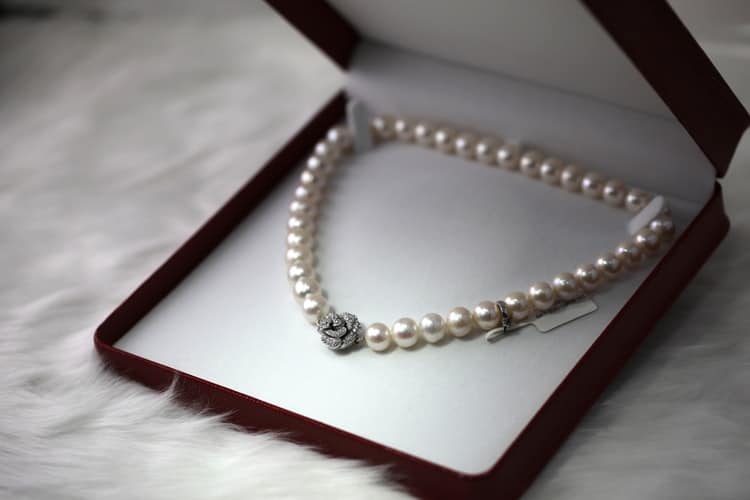
Is Antique Jewelry Made From Gold?
Antique jewelry is made from precious metals like gold, platinum, silver etc. It may or may not be gold. It may be a combination of certain precious metals, stones or other materials prevalent during the time period, and their alloys.
Antique jewelry is precious and gains its values from the fact that it is about 100 years old. It is not only the metal composition that determines the value of antique jewelry. e.g. if you sell your pre-owned necklace or ring to a jeweler, an experienced jeweler will categorize it under estate jewelry for resale.
What Is Antique Gold?
If we consider Merriam Webster, antique gold is “a variable colour, that is greener, lighter and stronger than mustard”. It also states it to be “yellower and paler than orange rust”. Antique gold is duller and paler than gold in appearance. It consists of different metals like platinum nickel, silver, copper
and other alloys to make it strong. The exact composition may vary in different items and pieces of jewelry. It would take an expert to exactly date and determine the exact composition and date a piece.
Is Antique Gold Real Gold?
Yes, antique gold is real gold. Although, the content of gold in each piece may vary. This is because original gold is very soft and other metals are added to it in order to make it strong. The markings and stamping will help you in determining the exact composition of the metal. If there is no marking on your piece, other techniques may be used. If you wish to know the exact composition, you can take your piece to the nearest trusted jeweler.
Is Antique Gold Worth More Than Regular Gold?
A piece of antique jewelry is not just precious just because of its precious metal or stone content, but also due to several other factors. It may have a rich heritage and would have also witnessed human history over time. This adds to the value of a piece from the past. This is the reason why antique gold will be of more value that a regular newer piece. The older a piece, the more expensive it may be. A piece of jewelry that is an exact replica (containing the same metal composition) may cost considerably less when compared to the original piece).
Is Your Jewelry Antique Or Vintage?
Few of the most prominent ways to identify if your jewelry is antique are validating maker’s marks, hallmarks on the jewelry, identifying the exact metal composition, inspecting the locks, chains and clasps, ascertaining the exact colour hex-code and identifying and dating the style.
As we know the difference between antique and vintage, studying all these aspects will help you date your piece. Then you can determine whether your necklace, ring, bangles or any other piece is antique or vintage. Over time styles, cutting techniques and fittings and findings for jewelry changed. Studying these aspects in detail is important if you wish to date an item. We will visit these in detail and look at the nuances of each of them.
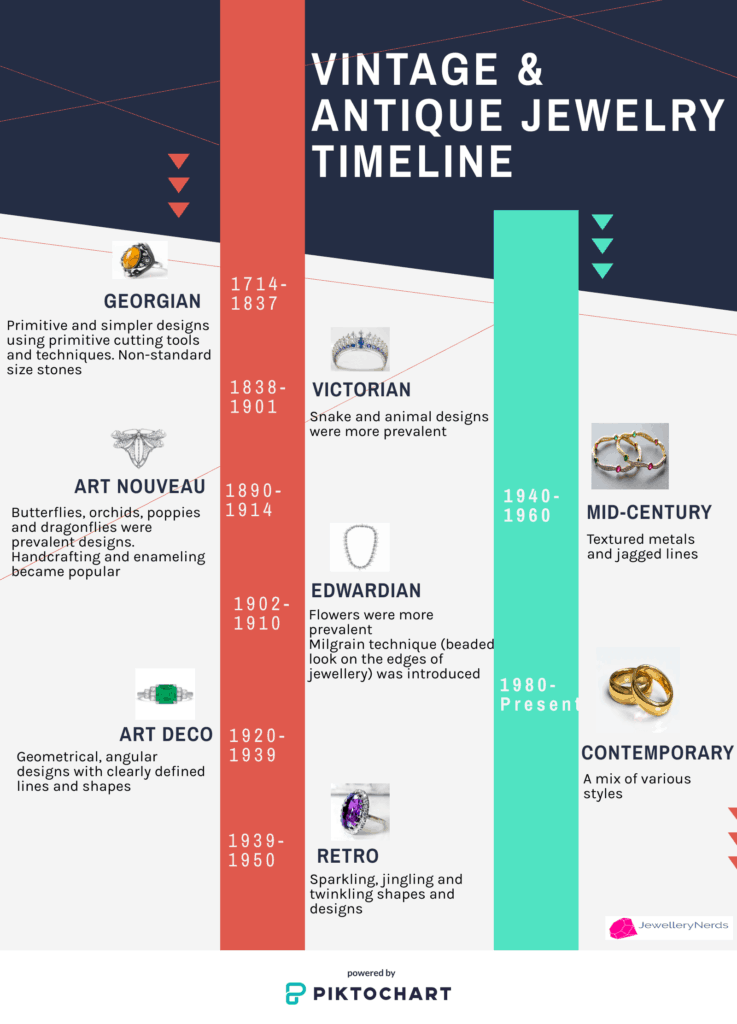
1. Identify The Style
Style in jewelry keeps evolving over time. Understanding how the metal has been carved and what type of stones are used in a piece help in determining the time period a piece is from. For this, you need to do some research and know the details on which designs were introduced when. Also, how they are used in modern pieces, and how their shape has been modified will help you date your piece better.
Caveat: Styles overlap a lot of times, and certain motifs are carried forward and even used in contemporary jewelry. Hence, style alone will not help you date any piece of jewelry.
2. Identify The Metal Or Material
Style in jewelry keeps evolving over time. Understanding how the metal has been carved and what type of stones are used in your pendant, necklace, ring or bangle will help in determining the time period a piece is from. For this, you need to do some research and know the details on which designs were introduced when. Also, how they are used in modern pieces, and how their shape has been modified will help you date your piece better.
Caveat: Some metals were prevalent in different eras. Identifying the exact metal composition may not solely help you determine the period a piece of jewelry is from.
I am bringing together all the information on the jewelry from different eras in a compiled form.
| Styles/Era | Period | Metal Composition | Prevalent stones | Cuts and Shapes | Prevalent design/motifs | Availability |
|---|---|---|---|---|---|---|
| Georgian | 1714-1837 | High Carat gold and silver | Foil backed diamonds, topaz, garnet | Point cuts, table cuts, old mine cuts, cushion cuts, single cuts and rose cut | Primitive and simpler designs using primitive cutting tools and techniques. Non-standard size stones | Difficult to find Mostly sitting in museums, a part of heirloom or is lost |
| Victorian | 1837-1901 | High Carat gold and silver | Garnets, amethyst, turquoise, sapphires, pearls and diamonds | Nature inspired designs. Animals, flowers, insects and stars. | Snake and animal designs were more prevalent | Easy to find |
| Art Nouveau | 1890-1914 | horn, shell, and copper in addition to silver and gold | Opal, Amethyst, Citrine, agate, peridot, moonstone and amber | Soft curves, flowy and draping designs. Mostly asymmetrical | Butterflies, orchids, poppies and dragonflies were prevalent designs. Handcrafting and enameling became popular | Extremely difficult to find and hard to obtain |
| Edwardian | 1901-1910 | Platinum crafted with gold | Diamonds and pearls | Airy, light, more ornate and intricate designs. | Flowers were more prevalent Milgrain technique (beaded look on the edges of jewelry) was introduced | Can be found fairly easy |
| Art Deco | 1920-1939 | Cool toned and white metals like platinum, white gold, silver, nickel silver, sterling silver | Diamonds, Sapphires, Rubies, Onyx and emeralds | Bold and prominent designs. | Geometrical, angular designs with clearly defined lines and shapes | Easy to find |
| Retro | 1939-1950 | Rose gold, green gold, yellow gold, white gold, sterling silver | Large less-expensive stones. Amethyst, Citrine and topaz | 3-dimensional, exaggerated and bold, strong and symmetrical designs, Metal was cut to make the stone look bigger and shinier. | Sparkling, jingling and twinkling shapes and designs | Relatively easy to find |
| Mid-Century | 1940-1960 | Gold, Platinum, Silver | Colored stones grew in popularity | Shapes and motifs inspired by science explorations | Textured metals and jagged lines | Easy to find |
| Contemporary | 1980 to current | Gold, platinum, silver, sterling silver, rose gold, white gold | All the stones prevalent in previous era can be found | Inspired from materials, techniques, motifs and designs of previous eras | Mix of different styles, mainly contemporary | This time period jewelry, available with all jewelers |
3. Look for markings on the piece
Look for marks like Hallmark, maker’s mark, sponsor’s mark or assay office mark. These marks generally include an imprint of the year of manufacture on the item. Additionally, over time, these marks have evolved. Identifying a mark may help you determine the exact year your piece of jewellery was produced in. Thus, helping you clearly understand which era the piece belongs to.
Caveat: Some of the pieces may not have any marking. The marking is generally on the back or on fittings of the piece, which may be changed or removed over time.
4. Inspect the fittings
Fittings for a piece of jewelry are its clasps, wires, pin stems, chains, locks, ring blanks and similar smaller parts. These parts are manufactured previously and are just attached to a piece. Over time, these have evolved. Identifying the style of a fitting can help you date a piece of jewelry. Again, this is just one aspect and cannot solely determine the age of your bangles, necklaces, pendants or rings. Additionally, when you are inspecting the fittings, look for solders or marks that show signs of repair or alteration to a piece.
Caveat: Sometimes these may be changed later in time for a piece of jewelry so cannot solely determine the age.
4. Identify the exact color
The older gold gets, the duller and paler it becomes. It tends to lose its sheen and lustre. Inspecting the piece carefully and identifying the color will also help you in dating your item.
Caveat: A lot of times jewelry that looks antique is just oxidized to make it look old and tarnished. Only an expert will be able to differentiate.
Price Range
If you wish to own a piece of jewelry that belongs to these eras, having an idea of the range these are available in will help you make up your mind and plan better. This is why I inspected the offerings of a few reputable jewelers and compiled them.
Some of the pieces from these eras can be affordable. The lower range is generally made from silver or gold of lower cartage, has very few and smaller stones.
Below is a rough range of price of jewelry (in USD) belonging to different eras.
| Styles/Eras | Earrings | Rings | Broach | Bracelet | Necklace |
|---|---|---|---|---|---|
| Georgian | 2450-5650 | 3850-24995 | 900-3950 | 6900-11950 | 5850-8450 |
| Victorian | 300-7450 | 1650-16995 | 400-1425 | 2495-9975 | 1750-4890 |
| Art Nouveau | Could not find any | 1395-2075 | 300-1250 | 1990-9750 | 2150-7950 |
| Edwardian | 2850-3950 | 1440-15000 | 265-6990 | 1400-9850 | 1295-5850 |
| Art Deco | 1200-3950 | 900- 24000 | 2640-2900 | 2650-11900 | 2650-4550 |
| Retro | 995-4950 | 1550-33500 | 1295-3195 | 495-2650 | 1375-4050 |
Conclusion
Jewelry styles have changed over years and have been impacted by a lot of factors. The rulers, political conditions and wars, all of these factors had a huge impact on the type of jewelry of different eras. Additionally, multiple styles and materials overlapped during the years.
Whether a piece of jewelry is antique or vintage, depends on the time-frame in reference. The eras determine the price to an extent, but it is also greatly dependent on the materials, karatage and stones used in a particular piece of jewelry.

